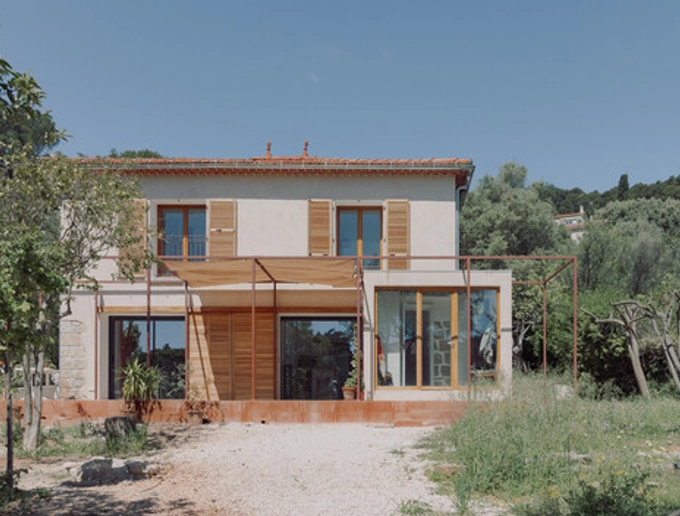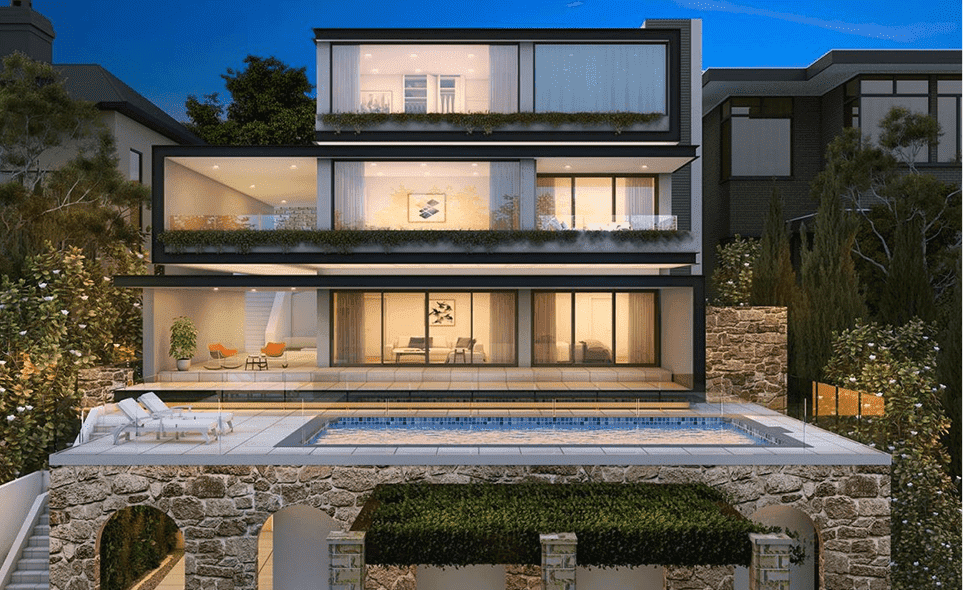Elevate Your Living Space with Residential Architecture Homes Crafted by Experts
Elevate Your Living Space with Residential Architecture Homes Crafted by Experts
Blog Article
Top Patterns in Residential Design You Need To Learn About
As household style continues to progress, several engaging fads are forming the means we develop and occupy our living areas. Key advancements such as lasting structure methods, the assimilation of smart home technology, and the increase of modular homes highlight a significant change in the direction of both capability and environmental duty.
Lasting Building Practices
An increasing variety of domestic jobs are accepting lasting building practices, driven by an expanding recognition of ecological impact and power efficiency. This shift is characterized by the assimilation of green products, energy-efficient designs, and ingenious building and construction approaches. Contractors and house owners are increasingly focusing on making use of renewable resources, such as bamboo and recycled steels, which not just lower the carbon impact but likewise enhance the resilience and visual allure of residential or commercial properties.
Integrating energy-efficient systems is one more essential aspect of lasting structure - residential house architect. Attributes such as high-performance insulation, energy-efficient home windows, and solar panels are coming to be criterion in brand-new household layouts. These elements not only contribute to lower power intake yet also give substantial long-lasting cost savings for home owners
In addition, the format of lasting homes frequently highlights all-natural light and ventilation, decreasing the reliance on fabricated lights and environment control systems. Landscaping methods, such as xeriscaping, more promote sustainability by lessening water use.
As the need for lasting living options remains to increase, the domestic design field is poised to adapt and innovate, guaranteeing that future homes are not just ecologically responsible but likewise comfy and useful for their owners. - residential house architect
Smart Home Modern Technology
Smart home technology is changing the means homeowners communicate with their space, enhancing comfort, energy, and safety and security monitoring. This ingenious method incorporates various gadgets and systems, permitting customers to manage their homes remotely or via automated procedures. Central to this fad is making use of smart devices such as thermostats, illumination, security video cameras, and devices, all connected using the Web of Points (IoT)
One of the most attractive attributes of smart home technology is the capability to tailor settings for ideal power performance. Property owners can check energy usage and adjust heating, cooling, and lighting based on their regimens, considerably reducing energy prices. In addition, advanced security systems equipped with wise locks and monitoring cams offer satisfaction, making it possible for remote tracking and informs to potential safety violations.
Assimilation with voice-activated aides boosts customer experience, enabling property owners to manage devices with straightforward voice commands. As innovation remains to advance, the possibility for clever home systems to enhance top quality of life expands, making them an essential consideration in contemporary residential style. Ultimately, wise home technology is not merely a pattern but a fundamental shift towards a lot more smart living atmospheres.
Open Idea Living
Open up principle living has become a specifying feature in contemporary property style, identified by the elimination of standard barriers between areas. This design philosophy advertises fluidness and connectivity within the home, permitting a seamless shift between areas such as the kitchen, dining, and living areas. By getting rid of partitions and wall Go Here surfaces, open principle layouts create a feeling of spaciousness, cultivating a welcoming environment that improves social communication.

Furthermore, this technique to residential layout aligns with minimalism, focusing on functional simplicity and visual comprehensibility. Property owners appreciate the convenience of these designs, which can be quickly adjusted to show personal design through furnishings plan and decoration. As open idea living remains to acquire grip, it stays a testimony to developing family dynamics and the wish for homes that improve connection and convenience.
Biophilic Style
Biophilic layout has actually ended up being progressively substantial in residential architecture, emphasizing the intrinsic link in between people and nature. This design philosophy looks for to incorporate natural environments into living rooms, thereby promoting a sense of well-being and enhancing the quality of life for residents. By integrating features such as all-natural light, greenery, and natural materials, biophilic layout promotes an unified partnership between interior environments and the environment.
Secret elements of biophilic layout consist of large home windows that supply unblocked sights of outside useful site landscapes, living walls that introduce greenery into interiors, and open flooring strategies that motivate air flow and natural light infiltration. Water functions, both inside and outside the home, offer to develop comforting environments and enhance sensory experiences.
Furthermore, using sustainable materials not only sustains environmental stewardship however also adds to healthier interior air high quality. As recognition of ecological problems increases, homeowners are progressively focusing on layouts that reflect their link to nature. her explanation Essentially, biophilic style not only elevates aesthetic charm but also addresses psychological and emotional requirements, making it an important trend in modern residential architecture.
Modular and Prefab Residences

Furthermore, prefab and modular homes are developed with sustainability in mind. Numerous suppliers utilize environment-friendly products and energy-efficient systems, such as solar panels and progressed insulation strategies, adding to decreased power intake and lower energy bills for house owners. The adaptability of style alternatives allows for customization, accommodating diverse visual preferences and functional demands.
As the need for inexpensive real estate continues to climb, prefab and modular homes provide a viable remedy, dealing with both economic and environmental challenges. Communities are progressively acknowledging the possibility of these structures, incorporating them right into metropolitan and country settings. In general, the trend towards prefab and modular homes signifies a change toward a lot more sustainable, effective, and versatile living atmospheres, making them a critical element of modern domestic architecture.
Final Thought
Sustainable building practices and smart home modern technologies improve efficiency and ease, while open idea living and biophilic layout foster social communication and a link to nature. The rise of prefab and modular homes offers customizable and inexpensive services, reflecting a wider shift in the direction of practical and responsible living.
Trick advancements such as lasting building methods, the integration of smart home technology, and the rise of modular homes underscore a considerable shift towards both performance and environmental obligation.The increase of modular and prefab homes has actually transformed the residential architecture landscape, offering cutting-edge solutions for effective and lasting living.Moreover, modular and prefab homes are made with sustainability in mind. In general, the trend towards prefab and modular homes represents a change towards a lot more lasting, effective, and versatile living atmospheres, making them a pivotal facet of contemporary household style.
Sustainable structure practices and smart home innovations improve performance and ease, while open concept living and biophilic layout foster social interaction and a link to nature.
Report this page